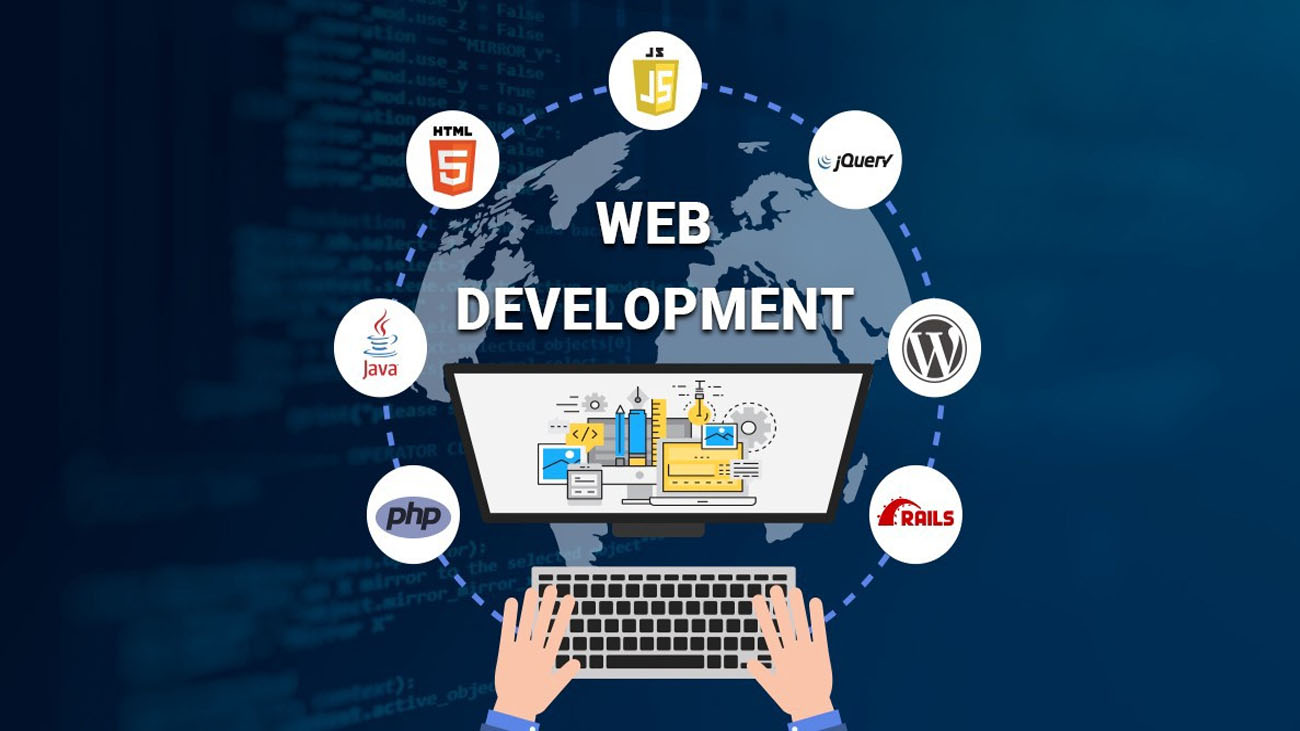
HTML/CSS: HTML (Hypertext Markup Language) and CSS (Cascading Style Sheets) are the basic building blocks of web development. HTML is used to structure content on a website, while CSS is used to style and layout that content.
JavaScript: JavaScript is a programming language used to add interactivity and functionality to websites. It can be used to create dynamic user interfaces, perform animations and effects, and interact with server-side data.
Responsive Design: Responsive design involves creating websites that are optimized for a range of devices and screen sizes. This can include using responsive layouts, flexible images and media, and fluid typography.
Web Frameworks: Web frameworks are libraries of pre-written code and tools used to streamline web development. Popular frameworks include React, Angular, and Vue.
Content Management Systems (CMS): CMS platforms like WordPress and Drupal are used to create and manage website content. They can be customized with plugins and themes to add functionality and design.
Server-Side Development: Server-side development involves creating the backend infrastructure and functionality that powers websites and web applications. This can include programming languages like PHP, Python, and Ruby, as well as server software like Apache and Nginx.
Search Engine Optimization (SEO): SEO involves optimizing a website to rank higher in search engine results pages. This can include optimizing website content, using appropriate meta tags and descriptions, and building high-quality backlinks.
Accessibility: Web developers should strive to create websites that are accessible to all users, including those with disabilities. This can include using semantic HTML, adding alternative text to images, and using keyboard navigation.
Performance Optimization: Web developers should optimize websites for speed and performance to ensure a positive user experience. This can include optimizing images and media, minimizing code, and using caching and content delivery networks.
Security: Web developers should ensure that websites are secure from malicious attacks and vulnerabilities. This can include using HTTPS encryption, validating user input, and implementing secure authentication and authorization.
APIs: APIs (Application Programming Interfaces) are used to connect web applications with third-party services and data sources. This can include social media APIs, payment processing APIs, and weather APIs, among others.
E-commerce: Web developers can create e-commerce websites to sell products and services online. This can include creating product pages, shopping carts, and payment processing functionality.
User Experience (UX) Design: UX design involves creating websites and web applications that are easy to use, navigate, and understand. This can include designing user interfaces, conducting user research, and creating user personas.
Testing and Debugging: Web developers should thoroughly test and debug websites and web applications to ensure that they function properly and are free of errors and bugs. This can include using testing frameworks, debugging tools, and manual testing methods.
Version Control: Version control systems like Git are used to track changes made to code over time. This can make it easier to collaborate with other developers, revert changes, and manage code updates.
Web Hosting and Deployment: Web developers should understand the process of web hosting and deployment, which involves making websites and web applications accessible to users on the internet. This can include using cloud hosting services, managing domain names, and configuring web servers.
Progressive Web Apps (PWA): PWAs are web applications that offer app-like functionality and performance, such as offline support and push notifications. This can improve the user experience and engagement with web applications.